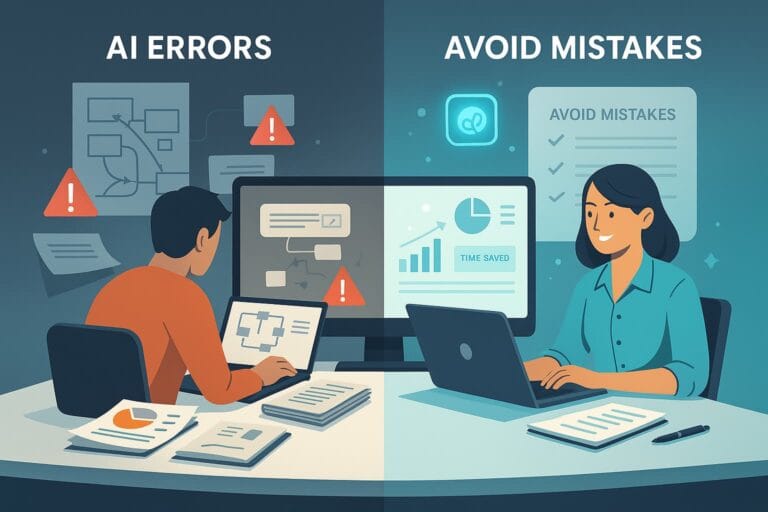
AI tools and humans collaborate to boost productivity in 2025
In 2025, AI productivity tools save time like never before. I used to drown in routine tasks—emails, writing, editing, and even content planning. Now? I reclaim up to 15 hours a week, thanks to the right AI stack.
Let’s walk through my actual weekly process, what tools I use, and how they helped me stay ahead of schedule without burnout.
Table of Contents
Transfer Internationally to
Local Banks & Wallets
Use Wise for low-cost, real-rate global payments fast and secure.
💸 Try Wise1. What My Week Looked Like Before AI
Before I discovered how AI productivity tools save time, my week looked like this:
- Writing blogs: 10 hours
- Editing drafts: 3 hours
- Handling emails: 5 hours
- Video scripting & captions: 4 hours
- Brainstorming content ideas: 3 hours
That’s 25 hours of repetitive brain drain. It felt like there was no time left to think creatively or scale my business.
2. The Turning Point: Discovering AI Productivity Tools
Everything changed when I started testing different AI productivity tools to save time. I didn’t just want tools that looked good—I wanted ones that delivered actual time savings.
I followed this method:
- Audited all my time-consuming tasks
- Researched what AI tools were solving those problems
- Replaced or enhanced each process with automation
From writing to task planning, I created a stack where each tool took a chunk of work off my plate.
If you’re just starting out, I recommend browsing this master list of the best AI productivity tools for 2025 to find your fit.
3. Tools I Use to Save Time Daily
Here’s a breakdown of my daily AI stack and how AI productivity tools save time in each category.
Writing: Scalenut + ChatGPT
I use Scalenut to structure blog outlines and generate first drafts fast. Then, ChatGPT helps improve tone, expand ideas, and rewrite headlines.
Time saved: 6 hours/week
Design: Canva AI
With Canva’s AI Magic Design, I create thumbnails, social media posts, and blog graphics in under 5 minutes.
Time saved: 2 hours/week
Video Editing: VEED.io
Instead of spending hours in Premiere Pro, VEED’s AI editor automates captions, cut edits, and background music syncing.
Time saved: 2 hours/week
Idea Generation: Notion AI
Notion’s AI takes random thoughts and turns them into usable drafts, tasks, or outlines.
Time saved: 1.5 hours/week
Email Management: Superhuman AI
Superhuman suggests smart responses, summarizes long threads, and clears inbox clutter efficiently.
Time saved: 3.5 hours/week
Total Time Saved: 15 hours/week
It’s not an exaggeration—AI productivity tools save time when applied in small consistent workflows.
4. How I Got My 15 Hours Back
Let’s be real—no tool saves time unless you change how you work.
Here’s how I squeezed out 15 hours:
Replaced, not added
I didn’t just pile tools onto my workflow—I replaced old manual steps. For example, instead of writing captions manually, VEED AI now handles it.
Batched tasks
I scheduled AI-assisted tasks in focused sprints: one block for writing, one for editing, one for design.
Built habits around tools
Each AI tool has its role. I don’t toggle between them all day—I batch and deploy.
If you want to discover tools that save you time too, check out this updated list of the best AI productivity tools for 2025.
5. Final Thoughts: Could AI Tools Save You Time Too?
If you feel overwhelmed, scattered, or just tired of repetitive work, trust me AI productivity tools save time, but only if used right.
Start small:
- Replace one annoying task this week
- Automate it with AI
- See the time return
In 2025, we’re not just using AI—we’re building freedom with it.





1 thought on “How AI Productivity Tools Helped Me Save 15 Hours a Week in 2025”